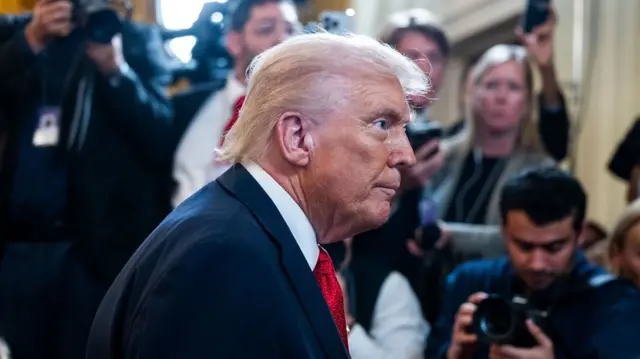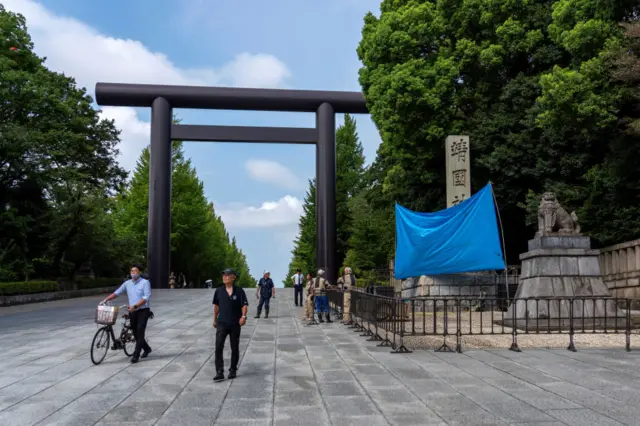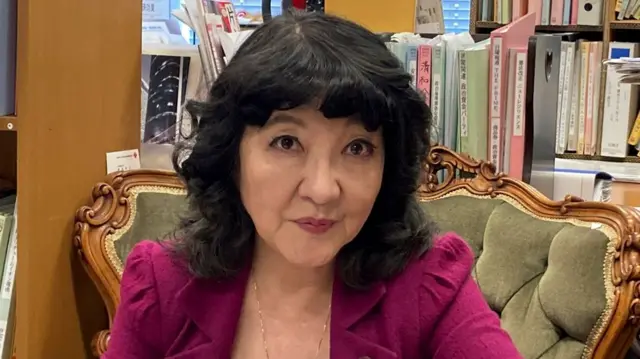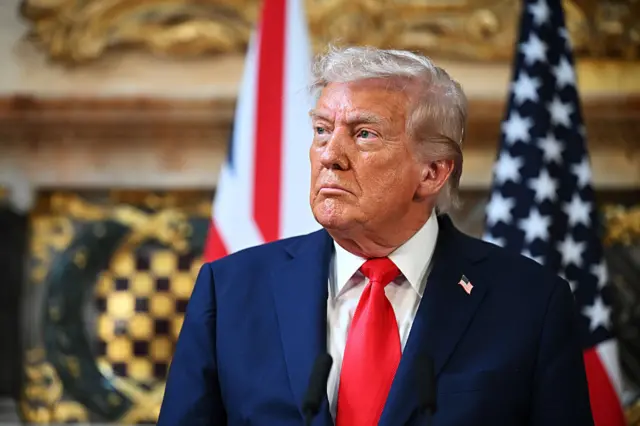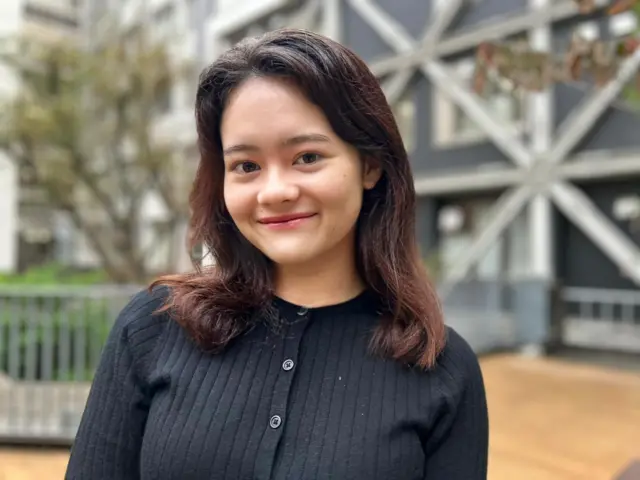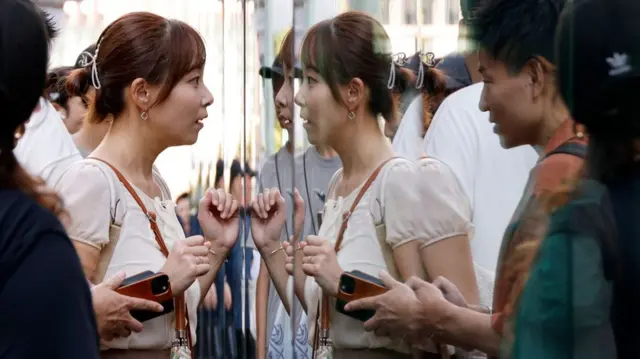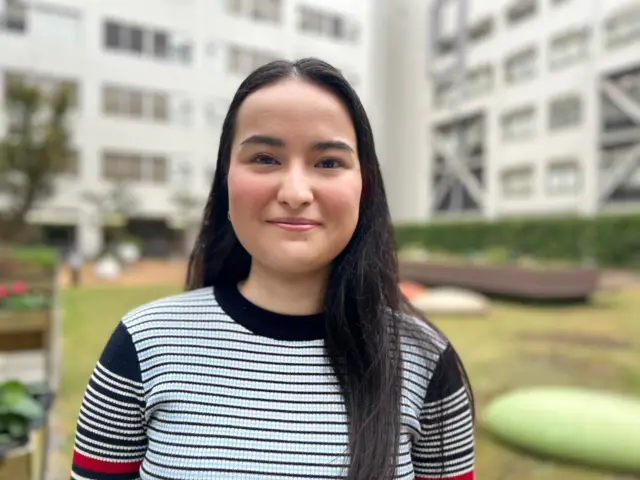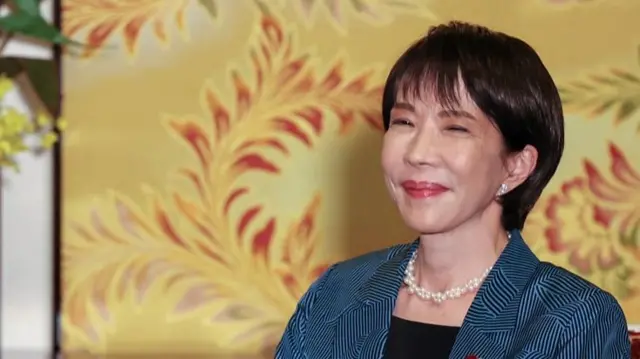We're pausing our live coveragepublished at 09:44 BST
Ayeshea Perera
Live page editor
It's a historic day for Japan, where a woman has been elected to the country's top job for the first time. But while her celebrations may have just begun, Takaichi already has her work cut out for her. Here's what lies ahead:
- Known as Japan's "Iron Lady" and a protege of former PM Shinzo Abe, the conservative politician has become Japan's fourth leader in five years after winning a simple majority in the country's Lower and Upper House. This was her third attempt at becoming prime minister
- Now that she's assumed the role, she will have to announce her new cabinet who will then head to the imperial palace for an attestion ceremony and their first cabinet meeting. She is expected to be sworn in as the country's 104th prime minister on Tuesday evening
- She will have to answer to the country of 120 million people, many of whom are struggling with high inflation and rising costs
- She will also have to tackle the country's discontented voters - some of whom voted for far-right parties after simmering discontentment with mainstream politics
- Before entering politics, Takaichi, a heavy metal enthusiast who still enjoys playing the drums, was briefly a newscaster. She also likes to scuba dive and has a fondness for vehicles
We're pausing our live coverage for now, but you can read more in our news story here


